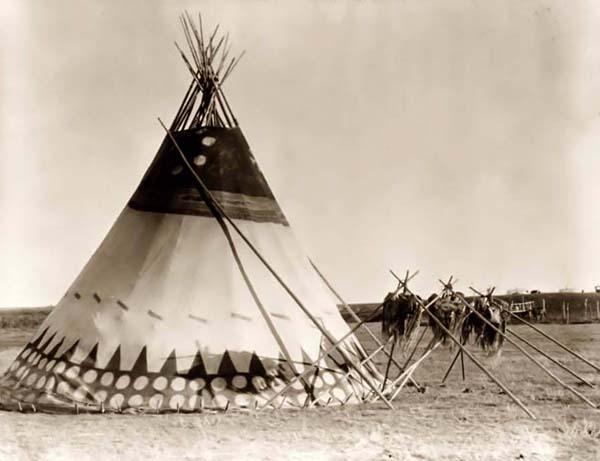By: Chris Warren
In an article last February I talked about traveling to the southern United States and returning with a deeper understanding and appreciation for the area and its people. The United States is hardly a homogenous nation. Every region is different in culture and thinking, sometimes vastly different, but still united by the red, white, and blue. Now I find myself traversing a different area of the South and, unsurprisingly, I’ve learned even more about the culture of the only country I’ve ever known and presumed I had completely understood.
This time I took a road trip to Arkansas in the Ozark Mountain (which technically is a plateau, not a mountain) and lesser known Boston Mountain area. As the aircraft taxied up to the gate at tiny Fort Smith airport, I was already getting warm, welcoming feeling that you don’t get at, say huge O’hare Airport. A culture of cordiality is universal in the South.
Fort Smith, Arkansas was the last stop on the Trail of Tears for American Indians as they were “relocated” from the eastern USA to what is now present day Oklahoma. The injustices the American Indians endured, their loss of land and language and culture, cannot be overstated. The displays at Fort Smith National Historic Site respectfully acknowledge this. It is one of the few instances I’ve personally seen where the U.S. Government didn’t make excuses for itself. There was no political correctness or painting over that the Indians were treated like complete crap.
There is barely a place in northwest Arkansas where you cannot see a towering mountain or lush, wide valley. In the deep South of New Orleans, Louisiana; Mobile, Alabama; and Pensacola, Florida, the locals would tend to talk in more personal terms about their families, regional foods, and churches. In Arkansas, they make a lot of references to geographical features and history. When I would mention to a store clerk or waiter that I was a visitor, they would always suggest a historic landmark or natural area to go see.
On a whim, we went to scout out some rural investment property. Drifting out of cellphone territory into an area where you can drive for miles and see more livestock than people, we found the address we were looking for, I think. It’s hard to guess boundaries and there were NO TRESPASSING signs everywhere; we had no way to be sure if what we were looking at was what we were looking for. We never actually saw anyone, but we had a sense that we were being watched. People in these parts are heavily armed and live a culture of independence. Random outsiders are treated with suspicion, so we stayed on the main road and made it clear that we were respecting private property.
The big takeaway from this Dixie trip is that Arkansans are proud of their land and mindful of their Southern culture. The place is absolutely breathtaking, and history is everywhere. The crest of every hill reveals a view grander than the last. As we motored through the countryside I felt a bit envious that what was a travel adventure for me was an everyday experience for them. They got a real nice thing going on down there. I had a terrific time! When I go back, which will be soon, I’ll bring a greater understanding of a culture and people that are rightly proud of what they have.


